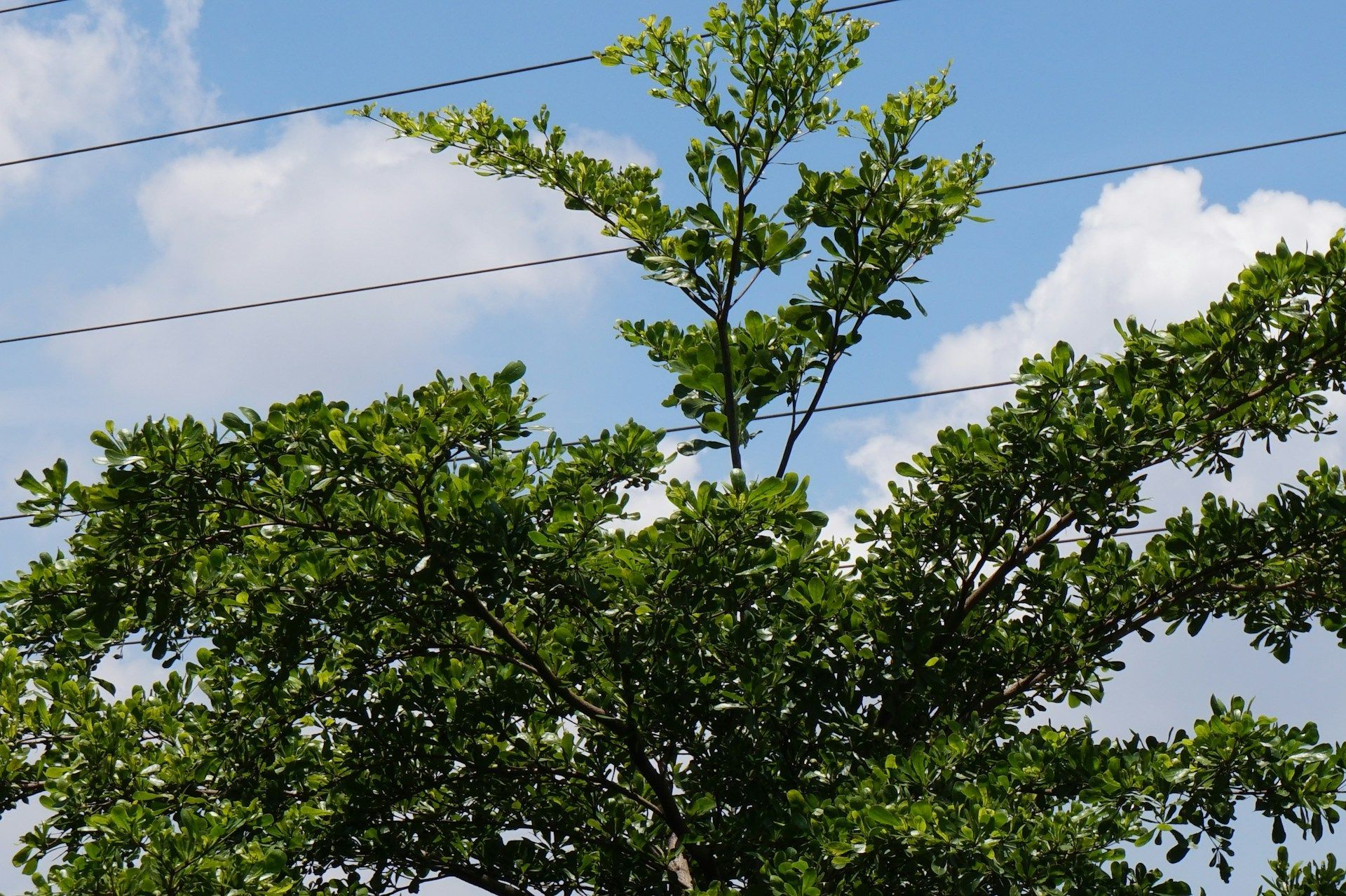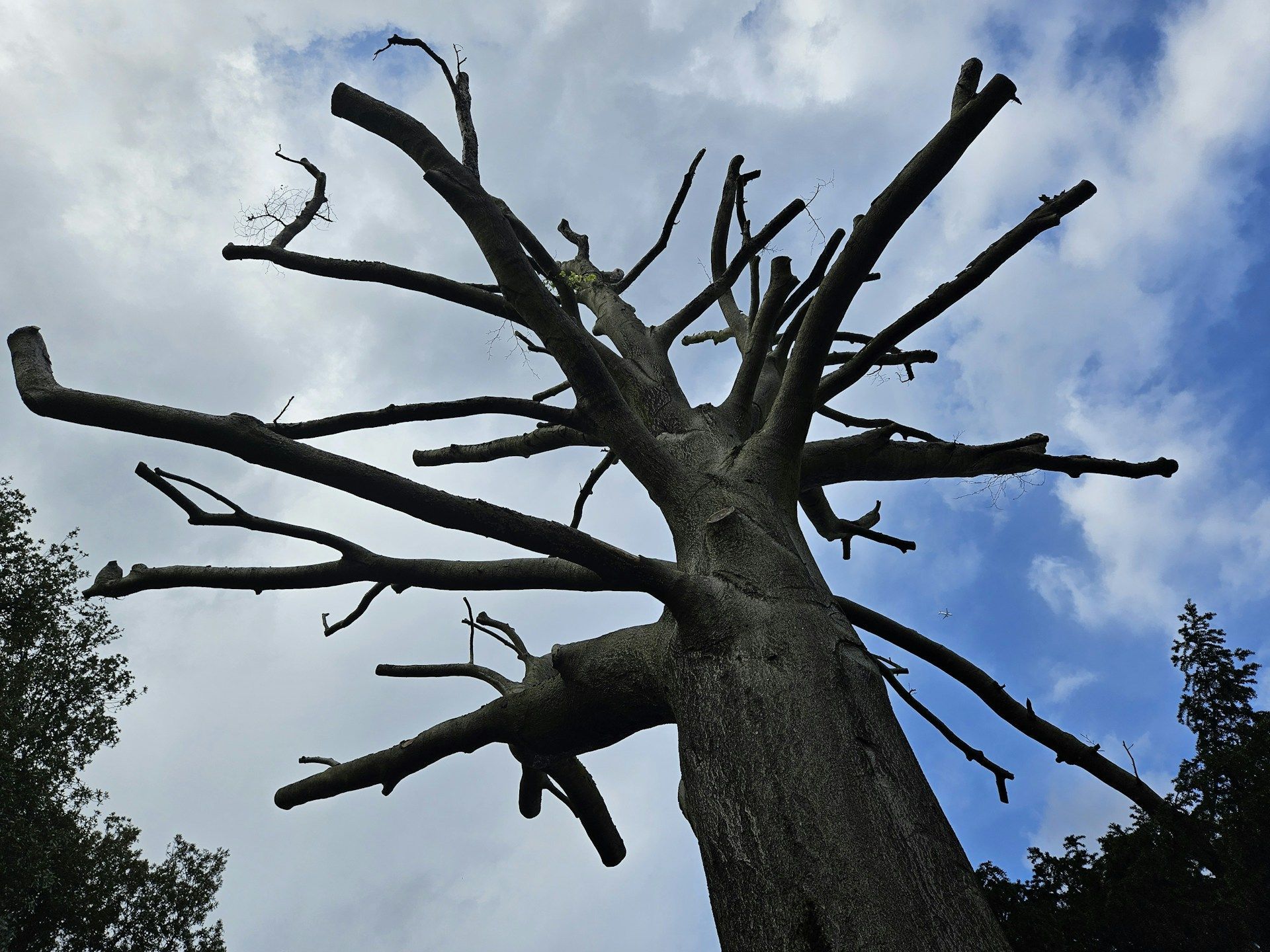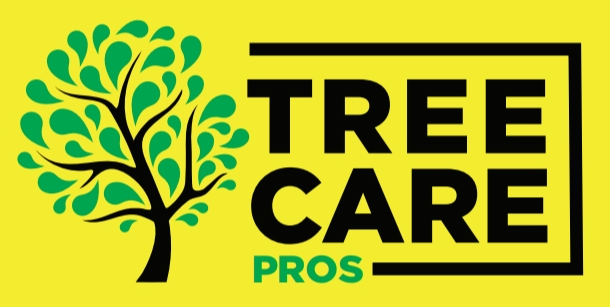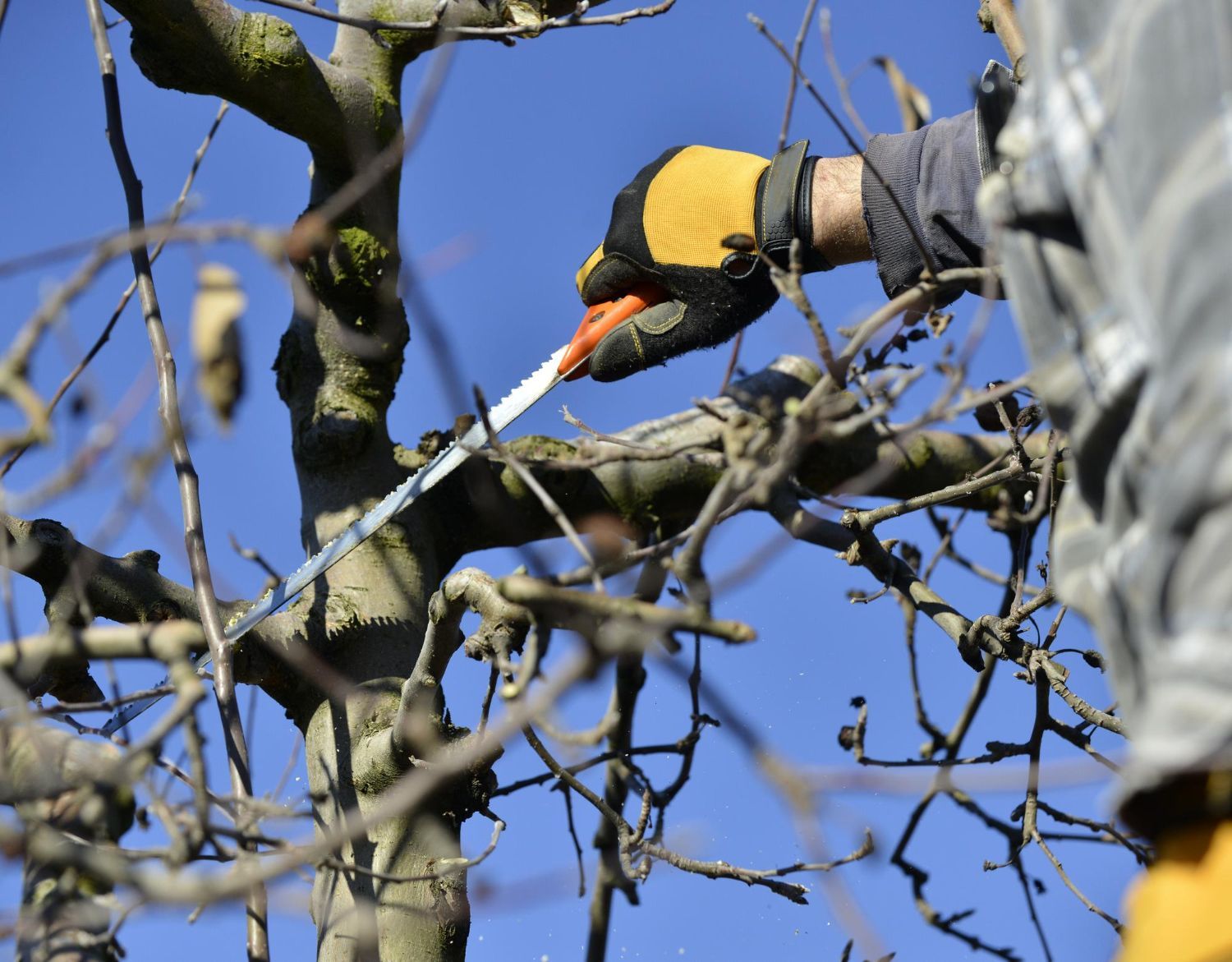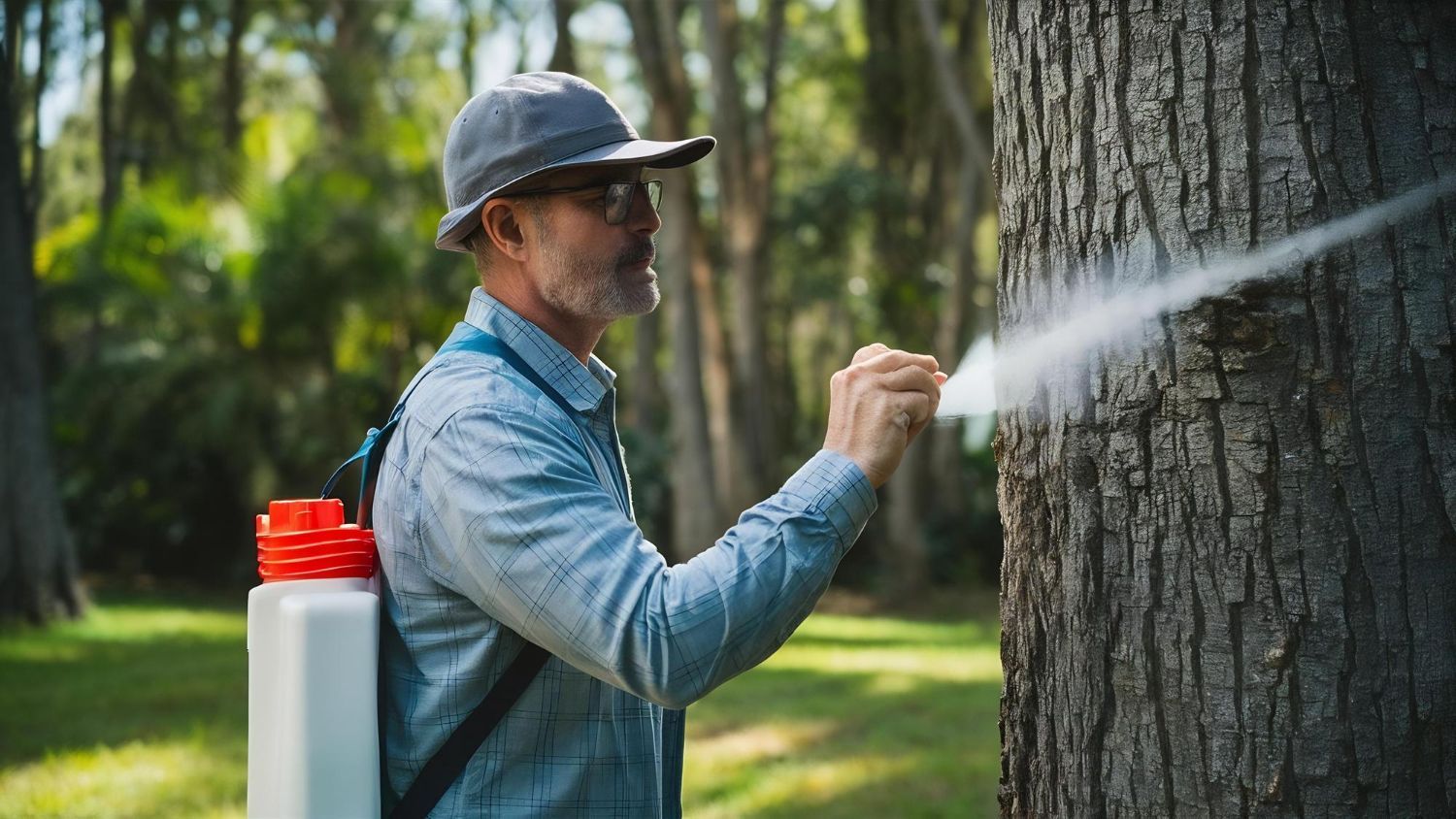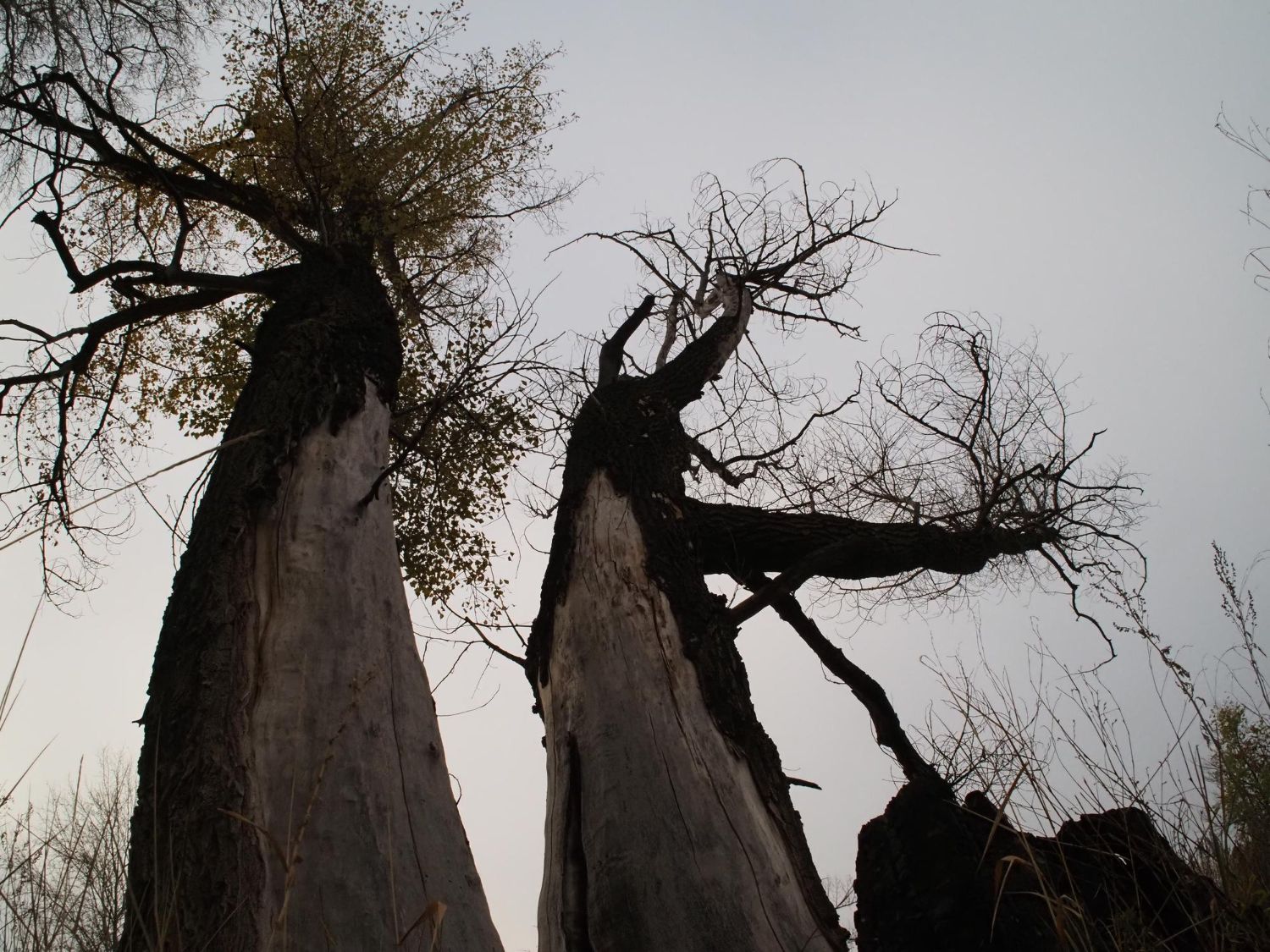Tree Removal for Yard Health: Signs and Benefits
Maintaining a healthy yard requires more than just regular mowing and watering. Sometimes, getting rid of certain trees is essential to keep your yard thriving. Trees that are diseased, dying, or poorly placed can negatively impact the overall health of your landscape. Recognizing when it's time to remove a tree can help you protect the other plants and the ecosystem within your yard.
Unhealthy trees can act as a source of disease and pests, spreading problems to the surrounding greenery. When one tree is compromised, it can lead to a chain reaction, affecting the vitality of your entire yard. Knowing the signs of a tree that should be removed can save you from significant damage and preserve the beauty of your outdoor space.
Professional tree removal services can make a substantial difference in enhancing your yard's health. These experts can assess the situation, providing the necessary intervention to remove problematic trees and improve the conditions for healthier growth. In this article, we'll explore how to identify when a tree should be removed and the benefits of scheduling professional removal at the right times of the year.
Signs It's Time to Remove a Tree for Yard Health
Keeping an eye on the trees in your yard is essential for maintaining overall yard health. Here are some indicators that a tree might be affecting your yard negatively and needs to be removed:
1. Dead or Dying Branches – If you notice a lot of dead or dying branches, it could be a sign that the tree is struggling to survive. These branches can fall unexpectedly, posing a risk to both people and plants below.
2. Fungal Growth – The presence of mushrooms or fungus at the base of the tree often indicates rot. This can mean the tree is decaying from the inside, making it structurally unsound and hazardous.
3. Leaning Tree – A tree that suddenly starts to lean to one side is a clear sign of trouble. This could mean the roots are weakening or the tree is dying, which could lead to a fall, damaging your yard and potentially your home.
4. Hollow Trunk – If the trunk sounds hollow when tapped, it could mean severe internal decay. A hollow trunk weakens the tree's structure, making it more likely to collapse.
5. Insect Infestation – A high presence of insects, like beetles or termites, can signal that the tree is unhealthy. Insects can spread disease to other plants and weaken the tree's structure.
Removing a tree showing these signs can prevent further harm and help maintain a healthy, beautiful yard.
Understanding the Impact of Unhealthy Trees on Your Yard
Unhealthy trees can significantly impact the overall ecosystem of your yard. When a tree is diseased or dying, it can become a haven for pests and pathogens that may spread to other healthy plants. This can cause widespread damage to your yard, resulting in the loss of more plants and the need for greater intervention.
Diseased trees also affect the soil quality around them. As they decompose, they release toxins into the soil, which can hinder the growth of other plants. This disruption in soil balance can make it difficult for your yard to thrive, affecting everything from grass to flowerbeds.
Moreover, dying trees often have weakened branches that can fall off at any time, posing a hazard to people, pets, and property. These falling branches can damage other plants and structures in your yard, leading to further maintenance issues. By understanding and addressing the presence of unhealthy trees, you can protect the integrity and safety of your entire landscape.
Taking timely action to remove problem trees helps prevent these negative effects and promotes a healthier, more resilient yard environment for all your plants and trees to thrive.
Enhancing Soil and Water Quality with Tree Removal
Removing certain trees can significantly improve soil health and water absorption in your yard. Some trees, particularly those with extensive root systems, can dominate an area and deplete the soil of essential nutrients. This can leave your soil dry and lacking the necessary minerals to support other plants. By strategically removing these trees, we can open up the ground for other vegetation to absorb nutrients more effectively, leading to a healthier and more balanced ecosystem.
Furthermore, certain types of trees consume large amounts of water, which can lead to poor water distribution across your yard. When these trees are removed, the water can seep more evenly into the soil, promoting better hydration for all your plants. Improved water absorption also reduces runoff and erosion, which are key factors in maintaining soil integrity. This ensures a more robust environment where diverse plant life can grow and thrive.
Promoting Healthy Forest Ecosystems
Strategic tree removal is essential for maintaining balanced and healthy forest ecosystems. By selectively removing trees that are diseased, dead, or non-native, we can create space for more beneficial plants and trees to grow. This balance helps support a variety of wildlife, as diverse plant life provides food and shelter for different species. A healthy forest ecosystem is resilient, more resistant to pests and diseases, and can better adapt to environmental changes.
Moreover, removing invasive species is crucial for protecting the native flora and fauna. Invasive trees can overpower native plants, taking up resources and space, and disrupting the natural balance of the ecosystem. By eliminating these trees, we restore the environment's natural order, allowing native species to thrive. This not only benefits the plants but also the animals and insects that depend on these native species for their survival.
Conclusion
Strategic tree removal offers numerous benefits, from enhancing native plant growth and reducing fire hazards to improving soil and water quality. Proper management of your trees can lead to a healthier, more balanced ecosystem that supports a wide range of plant and animal life. The benefits of professional tree removal services extend beyond immediate safety concerns, contributing to the overall health and sustainability of the environment.
By choosing to invest in
professional tree removal, you ensure that the process is carried out safely and effectively, without causing harm to the surrounding area. If you need assistance with tree removal or have questions about how it can benefit your property, contact Barrie Tree Care Pros. Our team of experts is ready to help you maintain a healthy and beautiful yard. Call us today for a consultation and see how we can enhance your landscape.

